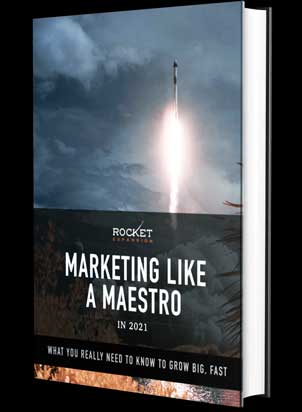What Is A Sales Funnel? (and How To Build One)

Every business that provides a product or service needs to have a sales funnel they will use to plan how to deliver what they offer to the customer.
It creates order in your marketing and allows you to move people from not knowing who you are, to having a relationship with your business, products, and services, to being a buyer, repeat buyer and someone who refers your offer to others.
If you don’t have one or two sales funnels already, or aren’t sure what a sales funnel is or how it works, consider this your guide to making one.
What is a sales funnel?
A sales funnel is a map of the journey a brand new customer must take to buy your product or service.
It outlines the buying process a customer goes through when purchasing a product/service.
There are 3 parts of the funnel, the top, middle and bottom.
Top of Funnel: Awareness
The top of the funnel is simple the part of your marketing that tries to reach brand new people. It aims to create awareness of your brand or business.
An example of top of funnel could be appearing as a guest on a podcast and letting new listeners know about your book, product or service.
Another example could simply be a blog post on the internet just like this one. People searching on Google for something like “Sales Funnels” or “What Is A Sales Funnel?” might find this post and that would be the first time they become aware of us as a business.
Middle of Funnel: Trust, Relationship and Authority Building
Once you’ve shown that you actually exist and have someone’s attention you need a way to continue to talk to them.
Unless you can continue the conversation you’ll never build the trust you need in the relationship to enable someone to want to buy from you. You also won’t be able to show that you’re an authority in your niche and someone worth doing business with.
An example of middle of funnel could be signing up to an email newsletter. At the top of this blog post you can see a free giveaway we have to help readers learn more about marketing. After this we can keep talking to our subscribers via email or even send out personal emails to them.
Another example could be someone following you on LinkedIn. They can now stay connected to you and see your content and you are able to build the relationship further.
Bottom of Funnel: Sales, Repeat Sales, Reviews, Referrals
Once you’ve build some authority, trust and shown they value of what you do, it’s time to start making offers.
The bottom of the funnel is where you go for the sale.
After the sale is made you can more your customers into the next lower part of the funnel which is repeat sales, and positive reviews and even referrals to others to buy as well.
And, as you go down the funnel, it gets narrower. Customers who are not the perfect fit for your main product/service offer will exit the funnel.
This is absolutely ok!
Let people who aren’t really a good fit for you fall off your funnel and the ones that are a perfect fit keep going down it. That way they end up loving your products and services and review them positively and refer them to others.
Does it matter if you have a sales funnel?
It’s easy to think you can successfully get away without having a sales funnel, but any business that wants to grow, scale and be successful must have one.
In actual fact, since a funnel is simply the way in which you continue to get new business, if you get any business at all, you must already have some kind of sales funnel in place right now. If you put some attention on it and plan it, you’ll be able to improve it even more.
Having a sales funnel gives you insight into what marketing strategies and channels to use to reach out to your potential customers at different stages of their buying journey.
For example, if someone has never heard of your brand or business before, it would not make sense for you to try to upsell them on an expensive product. It would be better to first warm them up by making them aware of your brand and what you offer.
Depending on your business your sales funnel will differ as no two businesses are the same. This is in terms of what you provide, the size of the business and how much it can scale.
Benefits of having a great sales funnel
I thought I should give you an idea of how you and your business can benefit from having a sales funnel.
- You can deliver the right message at the right time
If you have different messages catering for your potential clients at different stages of the funnel, you will be able to effectively deliver the message.
Let’s use a practical example, just to show how important it is to deliver the right message.
Someone calls your business asking if you have a certain product in a specific color. They want to know how long you will take to deliver what they want and if you deliver in their area.
If you start telling them about who you are as a business to familiarise them with your business and brand.
You are not the place for them to get what they want.
Why?
Firstly, this person called you… they went out of their way to get your business contact details. Thus, they are most likely familiar with your business to some degree.
Second, they called asking about a specific product and when it can get to them… They know what they want and are ready to buy. They probably also know the price since they did not even ask this.
In this situation, a sales pitch is not necessary.
Having a sales funnel will help you easily recognise certain characteristics of people at different stages of their buying process. That way you can deliver the correct message.
- Allows you to align your marketing and sales
Please note! Marketing and sales are not the same thing… I repeat, they are not the same.
Marketing creates awareness and demand.
Your marketing is what will help you get the sale.
With understanding the customer you can use the correct marketing tools to get them to a place where you can make a sales pitch to them.
There are many marketing tools at your disposal, one of my favourites is paid advertising (paying for social media ads).
People don’t realise how much this can do for you!
You can use Facebook Ads, Instagram Ads, LinkedIn Ads, etc. to increase people’s awareness of you.
Once that awareness has been built, start establishing that relationship based on common interest.
The common interest is what you can bring to the table.

Give away something they can benefit from a free assessment, free sample, anything that adds high value to your potential customer.
If it does interest them, you can start warming them up to your sales process by using, for example, a sales call.
In a sales call you want to find out certain things from the prospect.
- Exactly what do they want?
- What problem are they trying to solve?
- How much do they want it?
- When do they want to go ahead with it?
- Are they going to be a painful client that is never satisfied?
Once you’ve determined if you are a good fit for each other, propose a solution that you will provide them.
Make sure it’s amazing!
- Acts as a good measure of the businesses health
Allows you to identify the opportunities you have as a business.
If your funnel has constant incoming potential customers, this shows you the possible income/revenue that you could be making in the upcoming months if the sales team can close the deals (get the customers to buy).
- Allows you to identify leads that are not a good fit for you
When you can identify people who have the potential to become customers, this makes it easier for you to focus on qualified leads who will produce results.
And as a result, you can move prospects down your sales funnel quicker, instead of having a funnel with too many people at one stage of the funnel clogging it up.
The stages of your sales funnel
At each of the 3 stages of the funnel, there is a series of steps that should be taken to move the potential customer to be an actual customer.
It is important to note that a potential customer will not always join the funnel from the beginning, they can join it from any point.
So knowing where they are will allow you to act accordingly by using the correct marketing strategy and channel.
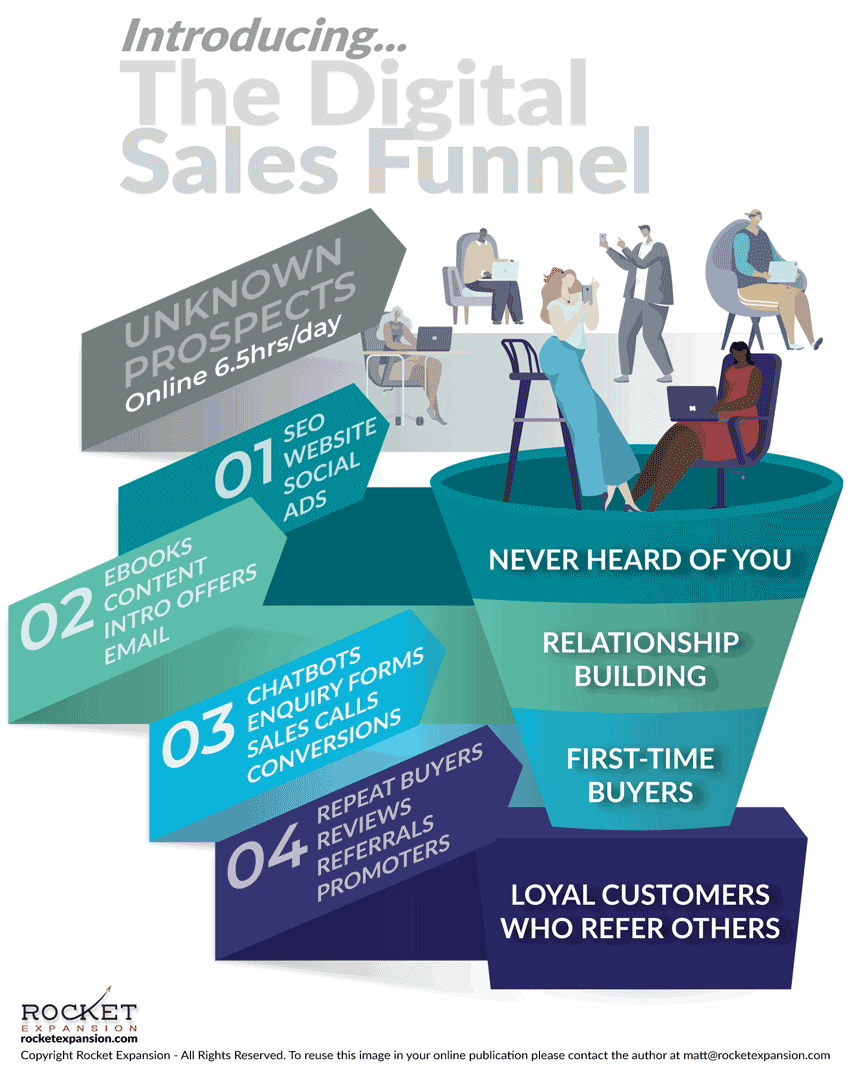
Top of Funnel (TOFU)
At the top of the funnel, your main mission is to build awareness.
Your focus should be creating content within your business field that the audience will find interesting.
It’s an opportunity for the audience to gain familiarity with the brand. Educate your potential customers on topics related to and provide them with information about the brand or some of the best products/services you offer.
If you use educational content, make sure that it’s valuable and understandable.
Here are some examples of TOFU content:
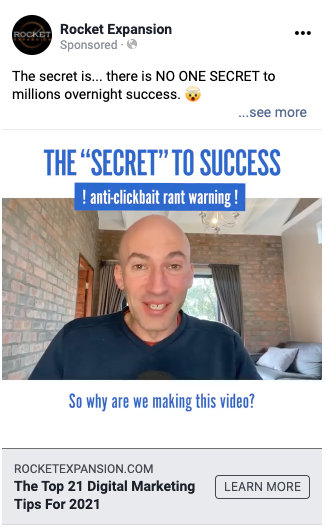

Middle of Funnel (MOFU)
This is where you start bringing in the solutions, without being “salesy”.
The audience here consists of existing customers that you want to have as repeat buyers, and people who just moved down from TOFU.
At this point the audience is familiar with you, so you are now in a position where you can hold their attention for much longer. This means you can provide content that is more informational and has the solutions that you can provide.
You start providing these solutions to increase the buying intent. Give them reasons to buy, so that later on they can remember those reasons.
Some content ideas for MOFU include:
- Webinars
- Email newsletters
- Case studies
- Blog posts
- 5. eBooks
Here are some examples of MOFU content:
eBook

Case Study
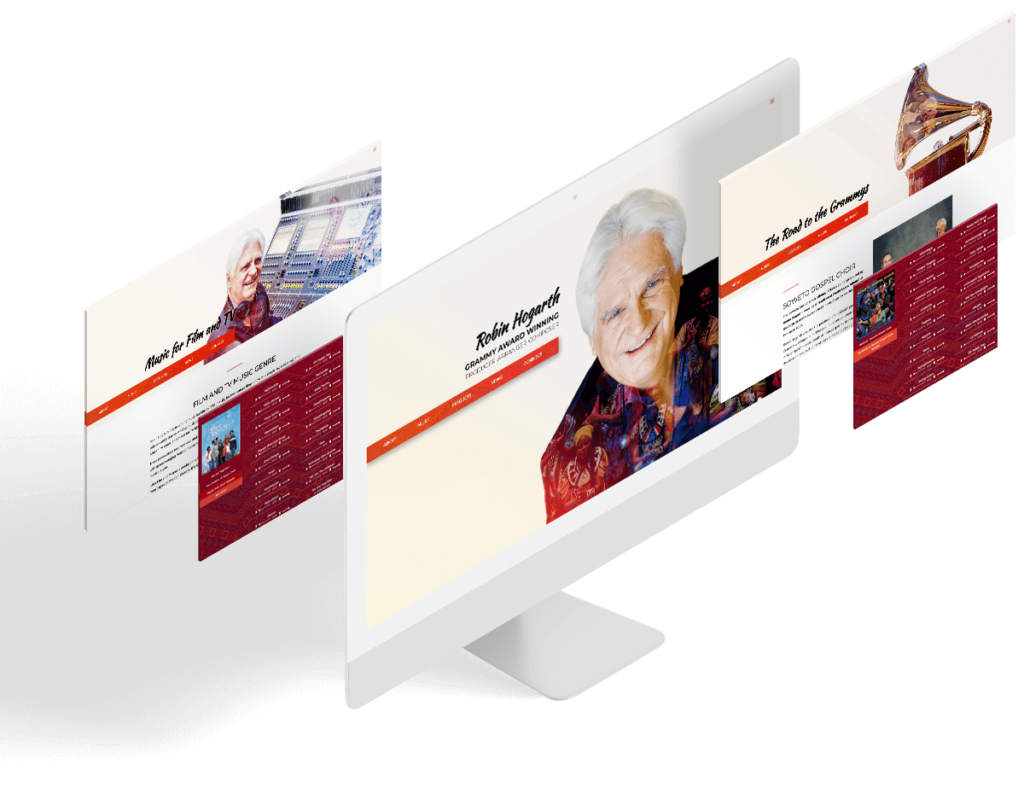
Make sure that your content targets the needs and interests of the audience. Don’t go off on a tangent as you can lose their attention with information unrelated to their interests.
This brings me to my next point, how do you know if the content you are providing at the middle of the funnel is effective?
Track the traffic you have generated and focus on the data. What works? Why does it work?
- Use google analytics to understand what your website visitors are doing on the site, which blogs are read the most and how much time is spent on certain pages?
- Keep track of how many resource downloads there are for things like your ebook. And for webinars and videos, look at how much of it was watched.
All of this data will help you improve the content and thus improve your conversions.
Bottom of Funnel (BOFU)
Now whoever is at this point has been nurtured well with content that has increased their buying intent.
The leads here know what problem they have and what would be required to solve this problem.
Your mission here is to show them that YOUR solutions are the best.
Since you might not be the only one proposing solutions to the lead, make sure that you stand out from the competition.
The solution that you provide is what will set you apart from your competitor. This is why your content should be direct, clearly indicating the benefits of your products or services… And have a call-to-action.
A call-to-action(CTA) is what you want the customer to do next:
- Sign on the dotted line
- Fill in your details here
- Pay using one of the convenient payment options
- Complete Your Purchase
- Sign Agreement and Proceed to Payment
It needs to be very clear what they have to do and what will happen once they’ve done it.
And remember to follow, this will help you increase your sales volume.
The truth is, most people don’t buy the first time they see the offer.
How many times were you sold on something, added to cart and went to the checkout page, only to stop there?
How to build your sales funnel
Step 1: Get Your Audience’s Attention
You need to start with a lead magnet that people will find valuable. Something that will get your target audience interested.
Make sure you don’t use information that someone can find with a simple google search.
Depending on the product or service you provide the most suitable lead magnet might differ, but here are a few that you can try.
- eBook
- Cheat Sheet/Checklist
- A detailed report
- Free trial
Step 2: Build a Landing Page
A landing page is where you will lead potential customers at the top of the funnel. When they click on the ad for a webinar or eBook they will be directed to a landing page
The landing page will give important information about the business and the benefits that you could offer.
Make sure your landing page allows the audience to give their basic information (name & email) that you will use to communicate further with them and nurture them to the MOFU stage of the funnel.
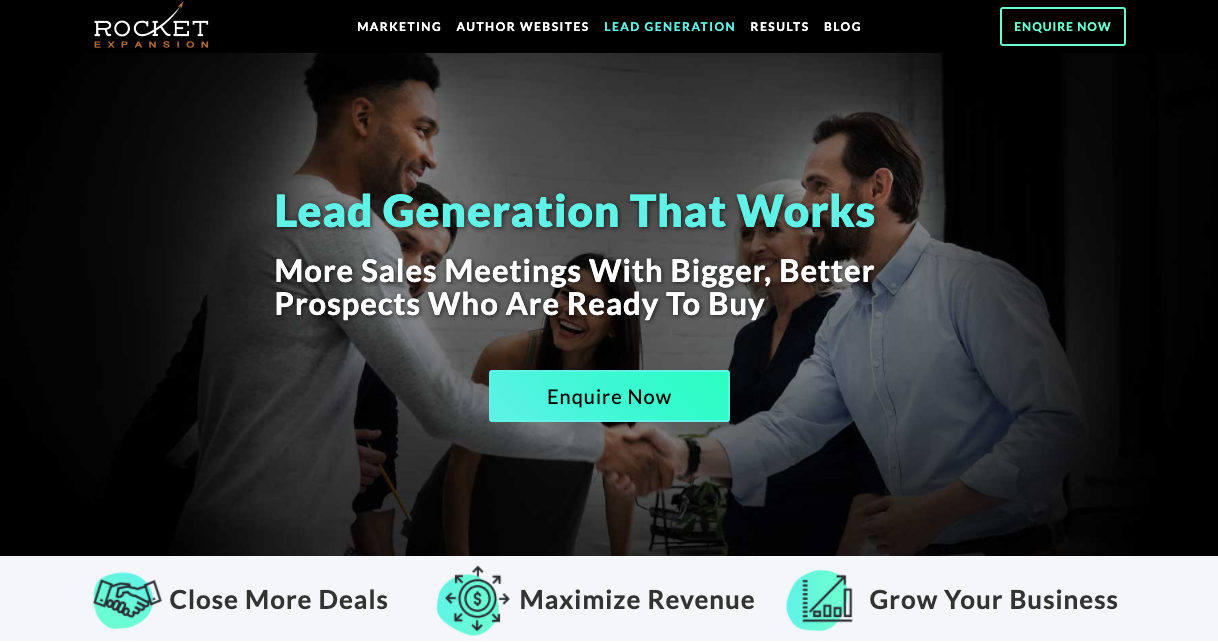
Step 3: Create an Email Campaign
Send amazing content that will warm up the audience to the possibility of doing business.
You don’t have to speak about your business in every email, but you can also educate the audience about things related to the market you are in. Especially things that might affect them or come up later in their buying process.
Providing such information will set you up as someone who knows what they are talking about.
This itself is another reason to buy.
Step 4: Keep in Touch
Once the email campaign is finished, don’t abandon the audience. Now and then, send an email so that they don’t forget you.
This will make sure that when the need arises the customer thinks of you since you’ve kept the communication going.
Is your sales funnel working?
Keep track of how people interact with your site so that way you can market efficiently.
If something is clearly not working, why continue? Use your resources in such a way that they will lead to sales.
Optimise your sales funnel so that maximum results can be produced.
There are so many things you can do…
- Start off by having multiple variations of your TOFU content, make sure you use Facebook Ads, you can get a lot of potential leads for a relatively low cost.
- Test different audiences that have an interest in what you have to offer, see how the different audiences respond to the different Ads.
- Test different versions of the similar landing page to cater to different focal points.
Key Sales Funnel Metrics to Track
- The number of entries – This is the number of new leads that enter your sales funnel during a certain period. They can enter the funnel at any point, it doesn’t always have to be at the top of the funnel.
- Conversion rates – measure the percentage of website visitors that turn into leads, leads that turn into actual customers. These two are not the only conversion rates, but they are the main ones. You can go into more depth if you want.
- Funnel Velocity – This is how fast your potential customers move down the funnel from TOFU, to MOFU and eventually BOFU. You can also look at how fast you turn leads into actual customers.
Getting a sales funnel is something every business should be doing.
If you haven’t been doing this, it’s time you get started!
You’re good at what you do, otherwise, you wouldn’t be in business. But there is always room for growth and further development.
If you need help setting up your sales lead generation system feel free to give us a shout.

